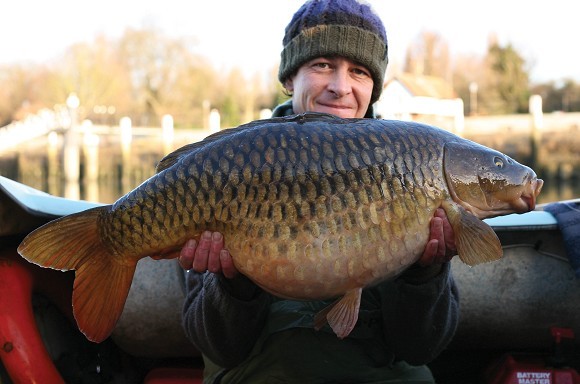
Terry Hearn talks bite indication
Rob Hughes asks: I am a great believer that fish are very aware of line and line lay and also that it has a big effect on indication. Are you a tight or a slack liner and when do you change between the two? Tel answers...
I fish slack lines a lot, and basically the deeper it is and the closer to the bank that I’m fishing, the slacker I’m likely to fish them. However, when it comes to bite indication I do think that it’s better to fish them sort of semi slack, bobbin tightness if you know what I mean. My bobbins are generally pretty light anyway, so light that if I’m on a large-ish water they nearly always climb to the top once the wind gets up and the undertows start.
When it comes to registering a take as quickly as possible I generally find that a semi slack line fished at light bobbin tightness is better than a line that is fished bow tight. In fact, I’ve had a few occasions over the years where I’ve been fishing very tight lines, had a take in the night and upon picking up the rod it’s clear that the fish has already kited a long way without even pulling the line from the clip, sometimes with little more than a single bleep. I’ve already mentioned how, when clipping up with tight lines, bobbins at the top, I’ll often spin the magnets on my roller buzzers round until they are in a position where just a little extra tension on the line will give me a bleep. This is mainly if I’m fishing close to snags or weed, in a situation where I need to be on the rod quick, and not because I want to know about a take that I wouldn’t eventually be alerted to anyway. This is where I think a lot of people misunderstand bite indication in carp fishing. If it’s moved that lead and pricked itself, then at least 90% of the time it’s on the blooming end anyway, whether you pick up the rod immediately or a few seconds later. It’s only really beneficial to gain those extra couple of seconds on the fish when snag fishing. In an open water situation I don’t think it’s so important. Long gone are the days of side hooking baits and striking at twitchers… now that’s when earlier bite indication would have been a real advantage.
I do like fishing dead tight lines wherever possible though. I went through a lovely spell of fishing at Burghfield were I was towing out all three rods alongside an island at 160yds, with 4oz leads tied on, and in this situation I was winding them up as tight as I could get them. I’m certain that fishing in such a way was giving me better hook holds and I had several multiple catches through that period of time with very few losses. In fact, out of fifty odd carp over a three-month spell fishing the swim, I only lost three and one of those was down to a swivel breaking. Hook pulls were very rare.


